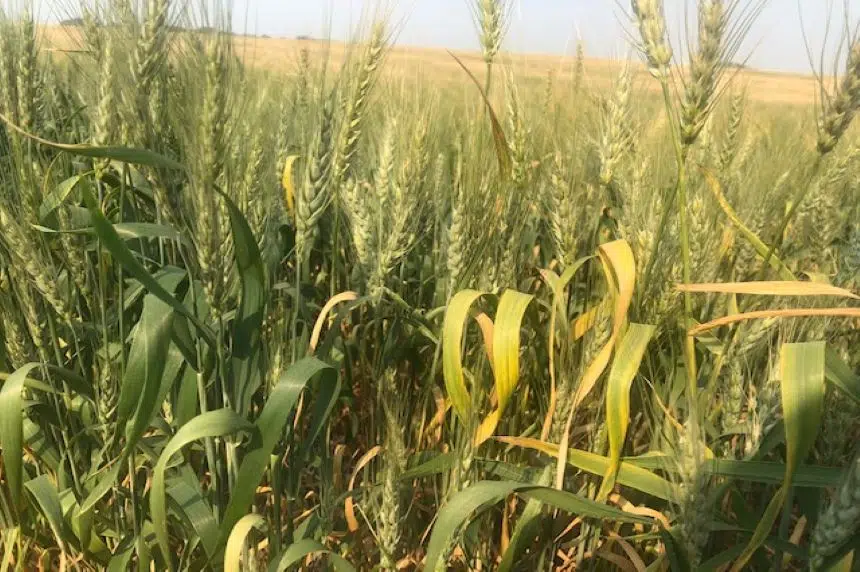The flour you need to bake your bread, the canola oil restaurants use to fry the food you eat and a variety of other products used both domestically and internationally will be going up in price again this year, thanks to the continuing drought in much of Saskatchewan this year.
Some farmers have indicated their crops can only be used for feed this year, other crops are being eaten by pests like grasshoppers, and still others simply can’t grow because there’s been so little rain for so long.
Sylvain Charlebois, the director of the agri-food analytics lab at Dalhousie University, said what’s going on in Saskatchewan right now is going to matter to everyone.
“When you walk into a grocery store there’s always some ingredients in everything you buy… and when the cost of these ingredients go up, food affordability will be affected as a result.”
It doesn’t matter whether it’s retail food service like a grocery store or the restaurant food industry. Wherever the costs go up, it will be passed down to the consumer. He cites the price of canola oil as an example of a product used in a multitude of ways that will be affected by the drought this year.
“Canola oil requires little processing compared to other products, but a can of oil — a can of oil has doubled year to year,” he explained. “Just by using one example you can see how the entire food system can be affected by what’s happening.”
Farmers, are trying to figure out how they’re going to deal with crop losses this year. He says because commodity prices are going up the farmers that actually do have something to sell will do very well, but those who don’t will experience huge monetary losses.
“As soon as some farmers are affected,” he said, “entire supply chains are affected and inventories are affected as well.”
Product quality will be another major issue.
“If at some point you realize that the products you sell can actually only be for animal feed only, that’s going to impact your revenues for sure.”
If there’s a silver lining at all for consumers, Charlesbois says it’s not likely we’ll be seeing product shortages or empty shelves any time soon. Most farmers in Ontario and Quebec are so far doing well; grocers and restaurant supply chains can and will source their product from other areas of the country, the U.S., or from around the world.







